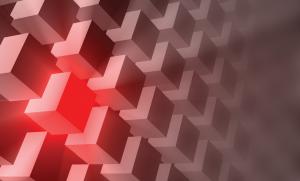How to find value in distributed energy resources.
Richard Fioravanti is v.p. of distributed energy resources at DNV GL (formerly DNV KEMA), and Nicholas Abi-Samra is senior v.p. of electricity T&D at DNV GL.
The technologies that make up the class of distributed energy resources (DERs) are beginning to proliferate on the grid. Market forces, technology advancements, communications, and controls are making distributed technologies more accessible, economically viable, and controllable assets. The resulting changes will make the grid more efficient and reliable, as well as provide end-users with the opportunity to make more proactive use of energy and to reduce the cost of services.

What challenges will those changes pose to current providers of electricity? Will the changes lead to new business models to deliver electricity? Understanding what changes will take place, and what opportunities they will create, is fundamental to the growth of the companies that operate the grid today.
Multi-Directional Electricity
As advanced technologies for the electricity grid approach commercialization and shifting market forces create new choices and opportunities, operators of our grid realize that the future grid will differ greatly from today's environment. That difference isn't simply an issue of the grid incorporating technologies to become smart. Rather, the adjustments are more fundamental - they concern how electricity is generated, where it's generated, how it moves, and how it's delivered.

